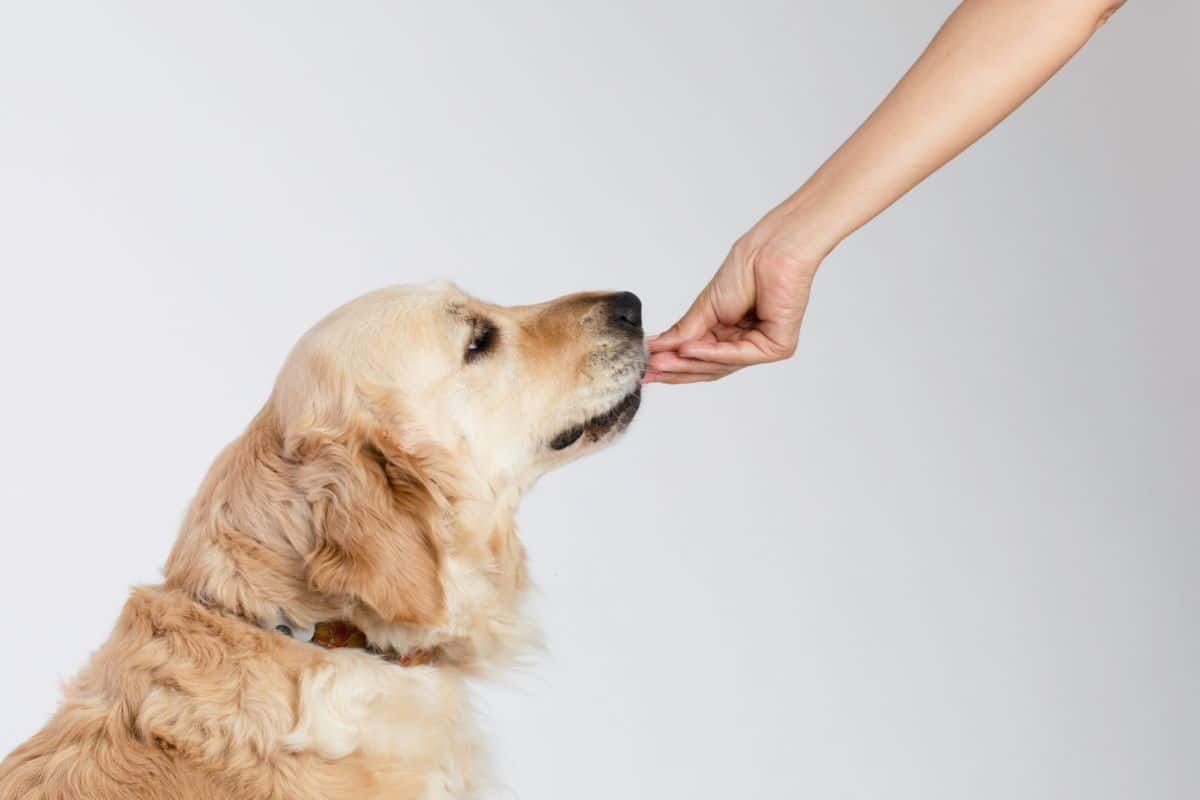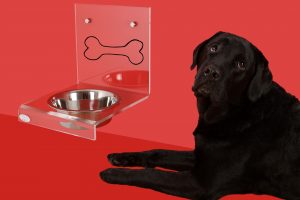It probably goes without saying that we all want our dogs to be fit, healthy and happy – but the way in which owners look after their dogs varies, and this can often lead to a lot of confusion.
One such debate that has raged for years is the free feeding v scheduled feeding situation. You’ll find that even the top experts have conflicting opinions on this and it’s not exactly as straightforward as some people might initially have thought.
In reality, it depends on your dog in terms of their needs and overall health, along with your personal schedule. However, there’s a lot more to know than just this.
So we’ve written this handy guide that outlines everything you need to know about free feeding v scheduled feeding and debate which is best for dogs!
Ready to learn more? Read on for all the answers.
What Does It Mean?
Before we go on any further, it’s a good idea that we cover exactly what we’re talking about when it comes to free feeding and scheduled feeding. Let’s examine what both of these mean in a little more detail.
What Is Scheduled Feeding?
Scheduled feeding is perhaps the easiest type of feeding to explain. As the name suggests, it’s a method of feeding your dog that involves strict times and with a strict amount of food.
For example, many dogs will be fed in the morning, afternoon and evening (as most dogs should be fed 3 times a day depending on their size and age). They will be fed a specific amount of food in their bowl, and as a result – they become accustomed to the timing.
This is partially why some owners will prefer scheduled feeding. It allows them to organise their budget for dog food, their own schedule, and sometimes it can act as a behavioural tool for dogs (i.e. they will behave for food and know where to be, when to be there etc.).
What Is Free Feeding?
Free feeding is often misunderstood. It’s gathered somewhat of a poor reputation nowadays and many owners and the general public incorrectly think that free feeding is the primary reason behind some canine obesity levels.
Free feeding involves putting food in a dog’s bowl once daily. However, while this method may work for many people, it’s important to note that not all dogs can be free-fed, so it’s wise to speak with a vet before you plan on this diet for your dog.
Recommendations For Feeding Your Dog

When it comes to choosing which method of feeding is best for your dog, you’ll need to keep a few things in mind. Below, we’ve got some of the top tips for you to consider.
Keep To The Advised Daily Amounts
One of the biggest reasons that free feeding has received such a bad reputation is because of the amount of food a dog might be allowed to eat. Whichever method you choose, you need to ensure they are only consuming their recommended amounts of food daily.
Scheduled Feeding
Scheduled feeding has its own merits of course, but one of the problems you might encounter is if your dog eats all of their portion right away in a very quick manner. If you find this happening a lot, consider splitting the portion so they have an “extra meal”.
Free Feeding
An issue that often arises when it comes to free feeding is the fact that some owners either forget the amount of food they have put down for their dog, or they keep topping up the bowl throughout the day.
All this does is add unnecessary and potentially dangerous amounts of calories to their diet. This is one of the factors that can lead to canine obesity. Therefore, it’s always important to check the amount of food that is recommended for your dog everyday.
Large Breed Dogs
Generally speaking, large breed dogs need to consume kibble throughout the day, and for this reason, it’s advisable that they are on a scheduled feeding diet. For example, some large breed dogs need 10 cups of kibble per day – so free feeding is completely unwise.
Don’t forget, while the amount of food may be the same, it’s possible that your dog will just gobble it all up in one go. This can cause problems with their digestive system and otherwise make them sick.
Many Dogs In A Household
It can be problematic to organise feedings for your dog if you have more than one in your household. However, when this is the situation, it’s always best to stick with scheduled feedings.
Not only will this help you to organise their schedule and your own, but as we mentioned earlier – it allows you to keep a closer eye on your pet food budget, and you will know how much food your furry friends are consuming.
This is important because it can be difficult to free feed multiple dogs and know exactly how much food they’ve eaten individually. Keeping a close eye on how much food they have had will make things easier for you, especially if you need to inform a vet later down the line.
Puppies
Puppies are, of course, growing. Therefore it’s advisable to keep your puppy on a scheduled feeding diet. Once again, it will help you to understand how much food they are eating – which may be critical during their growth.
Which Is Best?
It really depends on your dog, their age and their size, along with your own schedule. However, scheduled feeding has far more benefits than free feeding does, so arguably it is the better option.
However, it will ultimately come down to you. We would always recommend that you have a chat with your vet and pet specialist to see what they think might be best for you and your dogs.
Remember though, if you plan to free-feed your dogs, be sure that you’re not choosing tinned dog food. Leaving this out for too long can promote the growth of bacteria in the bowl and the food, and this can quickly make your furry friend sick!
Final Thoughts
And that’s everything you need to know about scheduled feeding v free feeding. We hope this guide has helped you to work out the best option for you and your dogs! Be sure to think carefully about your options.
Good luck!




